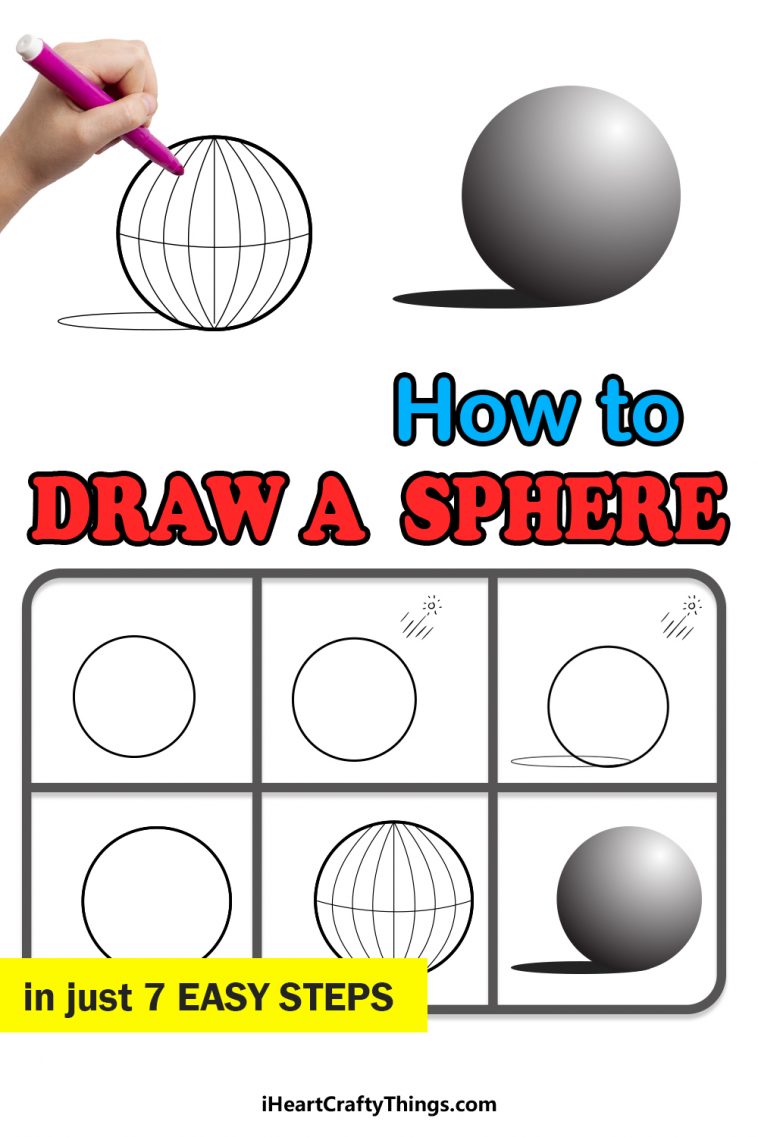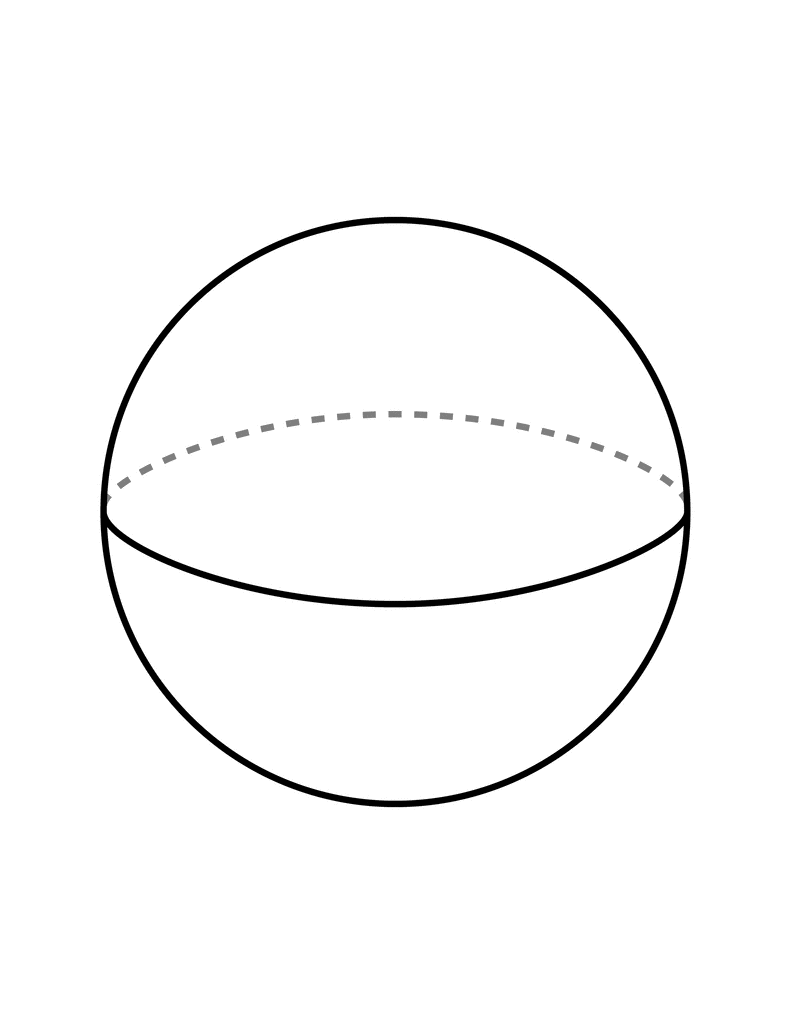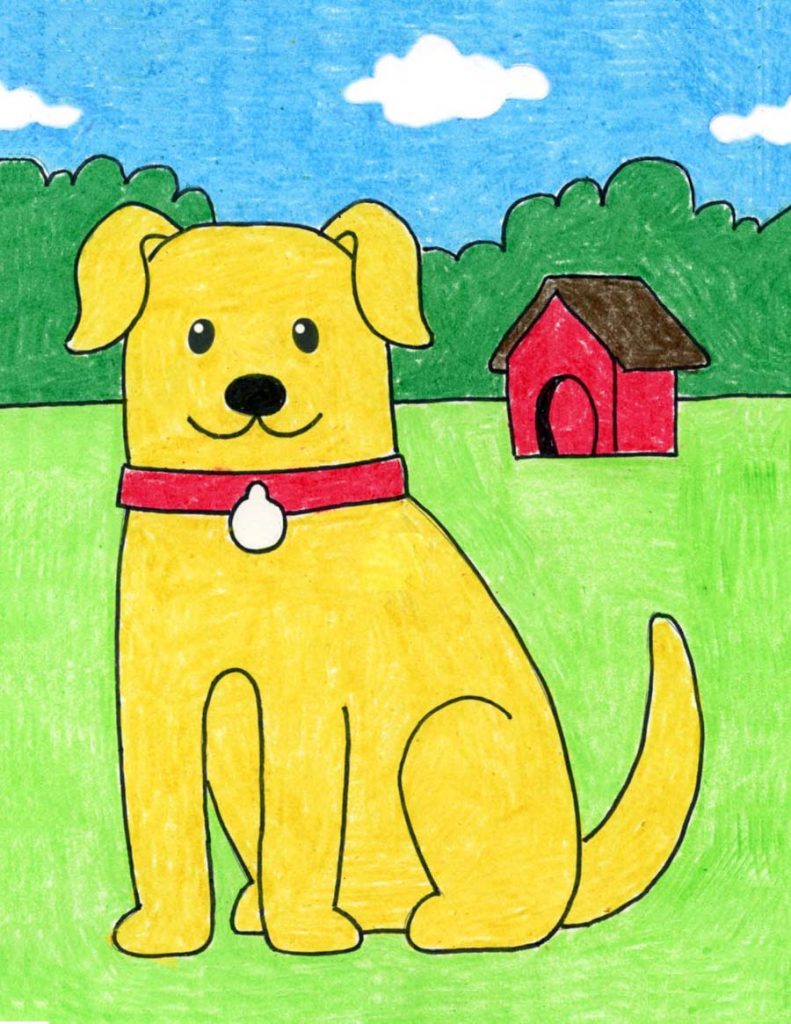A shaded sphere a perfect example for my new interest in shading
Table of Contents
Table of Contents
If you’ve ever wondered how to draw a simple sphere, you’re not alone. Drawing a perfect sphere can be tricky, but with the right guidance and practice, anyone can master this foundational technique. Whether you’re a beginner artist, a seasoned pro, or simply looking for a fun creative challenge, read on to learn the basics of drawing a perfect sphere.
The Pain Points of Drawing a Simple Sphere
Drawing a sphere can be difficult, even for experienced artists. The shape requires a certain level of precision and attention to detail to ensure it looks realistic and three-dimensional. Many artists struggle with getting the proportions, shading, and perspective just right, leading to frustration and discouragement. Additionally, some may underestimate the importance of drawing a sphere, assuming it’s a simple shape that doesn’t require much effort. However, mastering the art of drawing a sphere is essential for any artist looking to create realistic still lifes, objects, or even characters.
How to Draw a Simple Sphere
To draw a simple sphere, start by sketching a circle on your paper. Then, lightly draw two lines that intersect in the middle of the circle, dividing it into four equal sections. This will help you create a three-dimensional effect. Next, draw another smaller circle in the middle of the first one. This will be the highlight of the sphere. Then, begin shading the outer edges of the circle, gradually getting darker as you move towards the bottom. Finally, use a blending tool to smooth out the shading and create a seamless transition between light and dark areas. Voila! You have a perfect sphere.
Summary of Main Points
To draw a simple sphere, start by sketching a circle and dividing it into four sections. Then, draw a smaller circle in the middle and shade around the edges, blending with a blending tool for a 3D effect.
Diving Deeper into How to Draw a Simple Sphere
When I first started drawing spheres, I struggled to get the shading just right. I often made the edges too harsh or failed to blend the shadows enough, resulting in a flat and unrealistic appearance. However, with practice and guidance from experienced artists, I learned the importance of gradually building up the shading and blending it together to create a seamless, three-dimensional effect. Another tip that helped me was to pay close attention to the light source and make sure the highlights and shadows were aligned accordingly. By practicing these techniques and paying close attention to detail, I was able to create more realistic and convincing spheres.
Going Further with Drawing a Simple Sphere
To take your sphere drawing skills to the next level, consider experimenting with different materials and methods. For example, you could try using colored pencils or paints to add more depth and texture to your spheres. You could also practice drawing spheres from different angles or incorporating them into larger compositions. By challenging yourself and trying new things, you’ll continue to develop and improve your artistic skills.
Troubleshooting Common Sphere Drawing Issues
If you’re still struggling with drawing a perfect sphere, don’t give up! Some common issues artists face include uneven shading, inaccurate proportions, or a lopsided appearance. To address these issues, try adjusting your shading technique, double-checking your measurements, or using a reference image to guide you. Remember, practice makes perfect!
Question and Answer
Q: Is it possible to draw a perfect sphere without any shading?
A: While shading can help create a more realistic sphere and add depth, it is possible to draw a sphere without shading. However, it may look flatter and less realistic as a result.
Q: What is the best material to use for drawing a sphere?
A: The best material for drawing a sphere depends on your personal preferences and artistic goals. Some artists prefer pencils for their precise lines and smooth shading, while others prefer paints for their ability to create more diverse textures and colors.
Q: How do I make sure my sphere looks three-dimensional?
A: To make your sphere look three-dimensional, pay close attention to the shading and highlights. Darken the areas around the edges of the sphere and gradually lighten as you move towards the highlight. Make sure the highlight is small and well-defined, and that the shading is consistent and aligned with the light source.
Q: Can spheres be different colors?
A: Yes! Spheres can be any color you wish, depending on your creative vision and the object you’re depicting. Experiment with using different hues or shades to add interest and depth to your spheres.
Conclusion of How to Draw a Simple Sphere
Drawing a simple sphere may seem like a daunting task, but with the right techniques and practice, it is achievable for anyone. By following the steps outlined in this post and experimenting with different materials and methods, you’ll be able to create beautiful and realistic spheres in no time.
Gallery
Sphere Drawing - How To Draw A Sphere Step By Step

Photo Credit by: bing.com / iheartcraftythings
How To Draw A Sphere - YouTube

Photo Credit by: bing.com / sphere draw
Flashcard Of A Sphere | ClipArt ETC

Photo Credit by: bing.com / sphere clipart clip 3d shapes prism spheres cliparts flashcard shape geometry inheritance coloring etc gif bluebonnet rectangular usf fc library
A Shaded Sphere, A Perfect Example For My New Interest In Shading

Photo Credit by: bing.com / shaded pencil orb desenho sombreado sombreados fs70 fc03 claroscuro claves firepit weddingsrings concrete
How To Draw A 3D Sphere - Really Easy Drawing Tutorial

Photo Credit by: bing.com /






